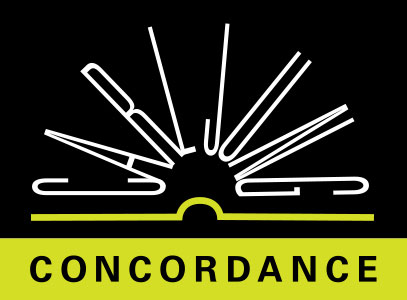Hephaestus, the blacksmith of the gods, was the master of fire and its operationsa metallurgist, a craftsman:
HEPHAESTUS REJECTED AT BIRTH
BY HIS MOTHER HERA
He was the son of a single parent, as was Athena, and he was rejected at birth by his mother, Hera, because of his ugliness and lameness, and was thrown out of heaven, down to earth. A certain analogy exists between the fate of Hephaestus and that of Lucifer, which we can see in Milton's Paradise Lost
ED ¶ 0DIVINE POWER THAT HAS
DESCENDED TO EARTH
Hephaestus is the only god who has a major relation to earth, which became his realm, and he thus signifies the divine power that has descended to earth and has become connected with earthly reality. In him we have a foreshadowing of the Incarnation image, of god becoming human. Hephaestus is a worker in concrete reality, since he is earthbound, and stands for the archetypal factor that operates within the personal and concrete. He is an inventor of useful, cunning, and beautiful devices, and a creative artist
ED ¶ 0CREATIVITY THAT DEVELOPS
OUT OF DEFECT OR NEED
Hephaestus' companions were Cabirithe dactyls, the mysterious chthonic dwarf gods who were linked both to creativity and deformity. Hephaestus represents creativity that develops out of defect or out of need; he is the only manifestation of imperfection in this whole Olympian realm of perfect beings. That makes him particularly precious, at least to man, since it gives imperfect man a partner in the divine realm, a partner related to creativity. Psychologically this indicates that an archetypal power has entered into personal reality and has brought the creative principle to the earthly realm. It suggests that creativity is born out of a sense of defectiveness or inadequacy that requires extraordinary effort as a consequence. “Necessity is the mother of invention” is a Hephaestian principle. Although he was married to Aphrodite, she had a love affair with Ares, so Hephaestus is the archetypal cuckold. He might even be considered to stand for the creative aspect of impotence
ED ¶ 0ARTIST AND CRAFTSMAN,
ENGINEER AND MECHANIC
The Hephaestian principle, as it has developed, breaks into two streams: on the one hand into the artist and craftsman, the artistic principle emphasizing beauty, and on the other, into the engineer and mechanic, emphasizing utility. For a while at least, the alchemists combined the Hermetic principle and the Hephaestian principle because they were dealing simultaneously with symbolic, philosophic matters, the Hermetic aspect, and, as they labored over their fires, with concrete material, the Hephaestian aspect. This broke apart in the seventeenth century and the Hephaestian aspect went its own way in science and technology. Only now is the Hermetic aspect starting to reemerge in depth psychology, which does not confine itself to the Hermetic principle, but is a new combination of the two. Depth psychology is not just an abstract theoretical doctrine, but a practical operation that has its Hephaestian component in the process of psychotherapy
ED ¶ 0HEPHAESTIAN TEMPERAMENT FOUND
IN ARTISTS AND CRAFTSMEN
The Hephaestian temperament is to be found particularly in artists and craftsmen, in those who live by beauty and those who live by utilitymechanics and makers of all kinds. Such a temperament is preoccupied with work of the hands, with earthy, concrete manifestations: occupational therapy, practical, empirical functioning, and craftsmanship of every sort
ED ¶ 0